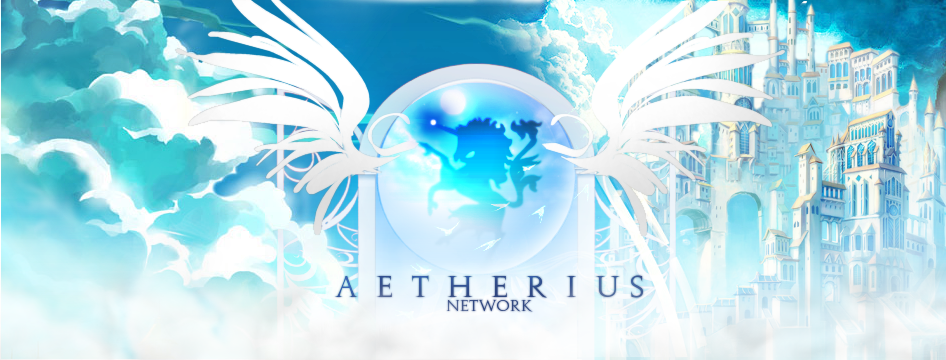
How Everything Works
Thankfully, the interviewer begins to delve into the details of what Tanaka displayed earlier during his Puk hunting and find out exactly how one manipulates their character. According to Sundi, you perform an action by selecting from the "Action Menu" along the bottom of the screen that appears once you target an enemy. The more you use a weapon, the greater your prowess grows, and thus, the more skills you learn to utilize with that weapon. You then set these abilities in the Action Menu and activate them during battle. Changing your weapon will also change what is displayed in your Action Menu. For example, equipping a staff will present your magic-based Action Menu. Also, multiple abilities you wish to perform in sequence can also be registered as macros.
In order for the character to perform commands specified by the player, one must first store up the Action Gauge. If you select a command before the gauge is ready, it will activate once the gauge fills up. There is also a Power Gauge, which can increase the strength and accuracy of one's techniques. The interviewer notes that even with the absence of Auto-Attack, the player could simply use the most powerful skill over and over again. However, Tanaka reveals that repetitive usage of one skill will cause the monster to start seeing through your actions, and it will become harder to land your attack. In other words, employing a variety of tactics is the best way to defeat a monster.
The main goal behind the battle system was to allow freedom of playstyle. Players can easily go solo, as demonstrated by the demo, or they can join up with a number of friends. In Final Fantasy XI, one had to return to their Mog House in order to switch jobs, but players in Eorzea can do it anywhere they please. However, Tanaka warns that swapping weapons during battle is not allowed, so there are some minor limitations.
Another reason they are focusing on solo play is to encourage players to explore all the variety put into the game. If players were forced into parties all the time, they would most likely stick with one weapon and master that. However, when adventuring solo or with small groups, players need to acquire a number of different skills and abilities to be able to survive. The developers hope this will create a rich variety of players and really make each character unique. However, Tanaka admits that growth can come slowly if one focuses solely on adventuring alone. Grabbing a party and working together will help your character improve faster. So, there are positives and negatives to both, which is exactly how they like it.

Content That Keeps on Giving
Guildleve, which was demonstrated at Gamescom, will become the core activity of Final Fantasy XIV, according to Tanaka. It's greatest merit is that you can enjoy it over and over again. Up until now, players would progress through a series of quests or missions, effectively "consuming" these activities until there was nothing left to do. However, Guildleve will allow players to repeat similar quests to their heart's content.
The developers will also be looking at how players use the system, Tanaka says. In Final Fantasy XI, the users would sometimes inject their playstyle into the game and the system would bend and shape into something new and unexpected. Tanaka hopes to see this kind of ingenuity once again, and says the developers may be able to improve the game based on how the players enjoy it.
As the heart of Final Fantasy XIV, Guildleve will come in many different shapes and forms. The type of Guildleve one can accept will change based on the character. Also, new types of Guildleve will continuously be added through version updates. Tanaka promises that the development team is working hard to create a wealth of content in this area. There will be quests that take less than 30 minutes to complete, all the way up to epic missions that span a couple days. Guildleve is all about customizing the game to one's own style.
When asked for more specific information on the actual quests, Tanaka is unable to divulge too much more. However, he explains more about the system, saying that there is an upper limit to the number of Guildleve one player can acquire at a time. If you want to play beyond that, you may have to help other people with their Guildleves. Sundi explains that players can freely aid each other on quests, even if one player does not possess the particular Guildleve being fulfilled.

